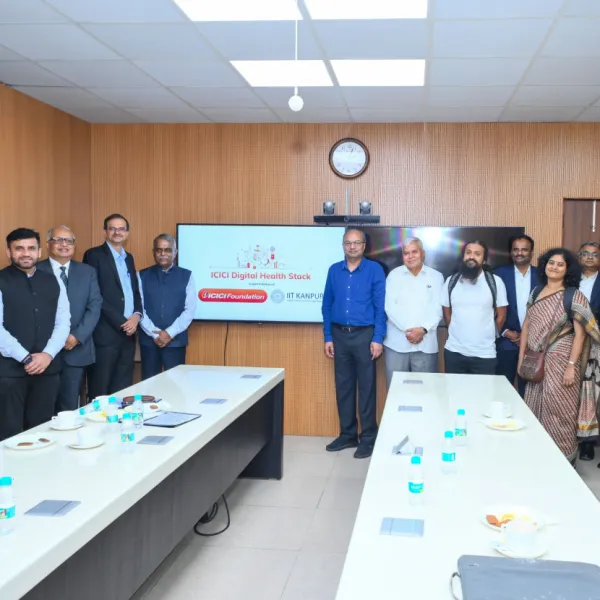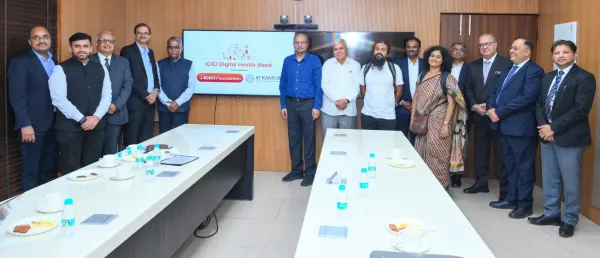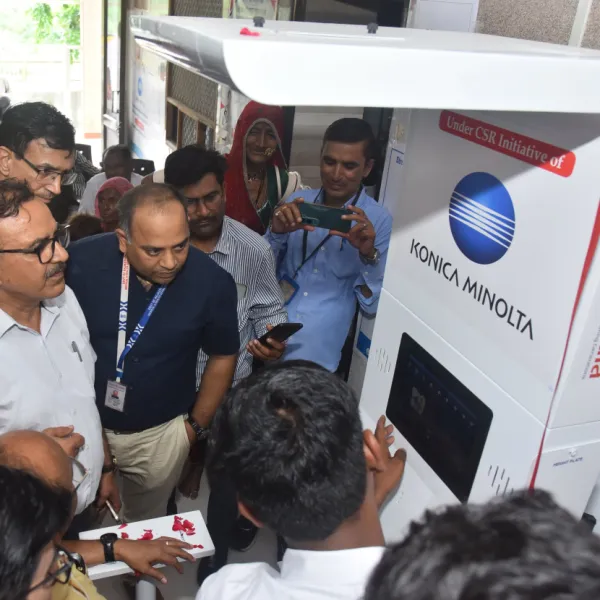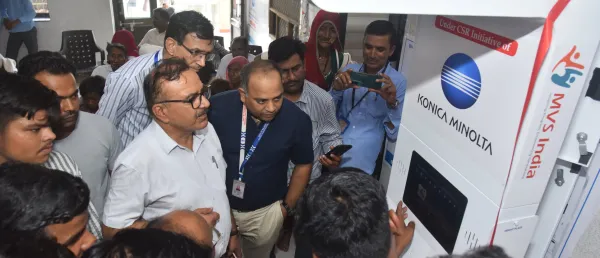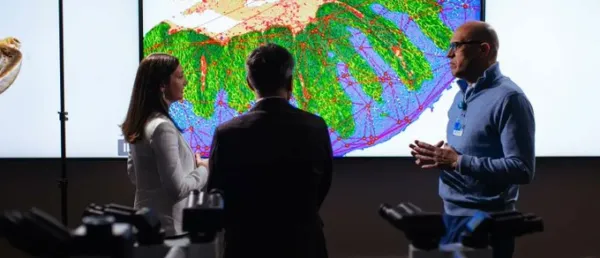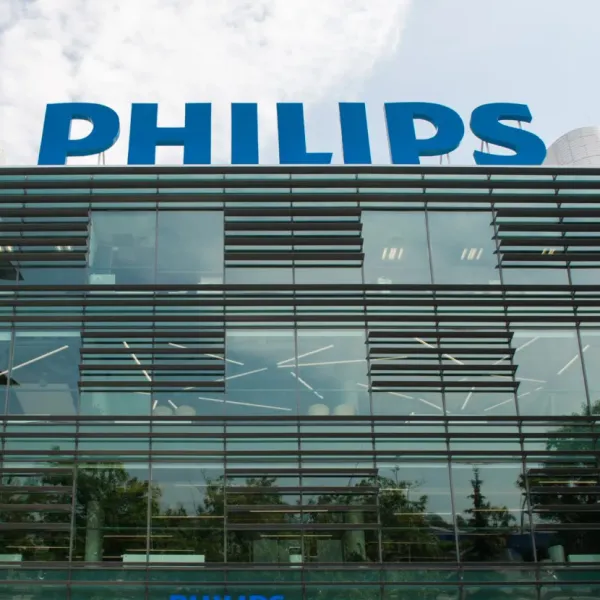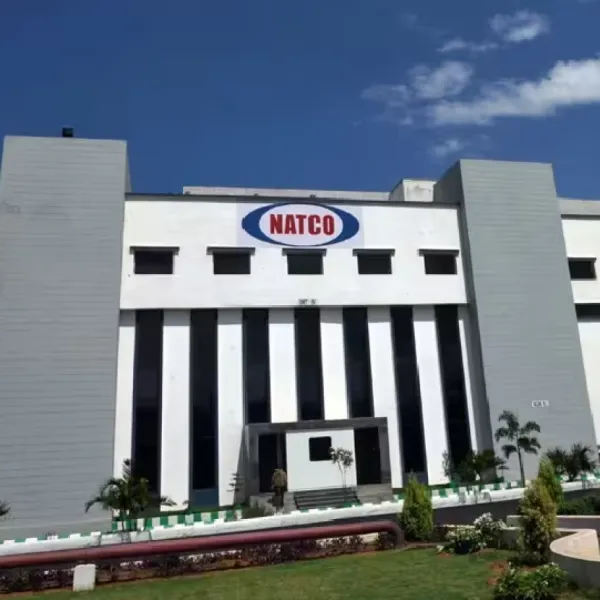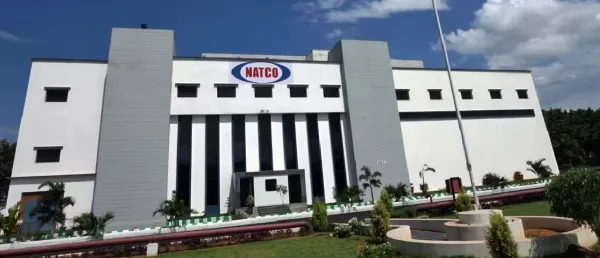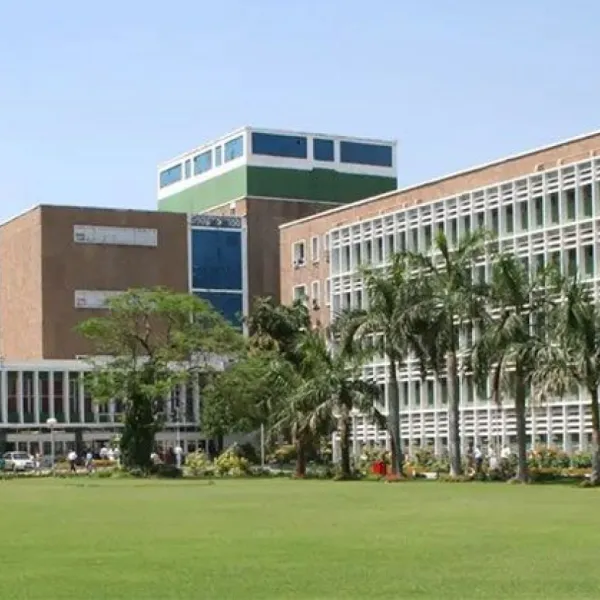IISc Develops Glowing Sensor for Liver Cancer Diagnosis

The glowing paper sensor is made using terbium, a rare earth metal that helps in detecting β-glucuronidase, an enzyme linked to liver cancer conditions.
Indian Institute of Science (IISc) scientists have developed a glowing paper sensor for early detection of liver cancer, utilizing the green glow of a rare earth metal called terbium.
Leveraging the unique photophysical properties of terbium, this sensor targets β-glucuronidase, an enzyme intricately linked to multiple pathological conditions, including liver cancer.
Beta-glucuronidase, which normally helps break down glucuronic acid, also serves as a key biomarker for cancers such as colon, breast, and kidney, and even infections and AIDS.
Elevated levels of this enzyme are also associated with neonatal jaundice and NSAID-induced toxicity.
Ananya Biswas, a former PhD student and co-author of the study published in Chemistry said, “Traditional detection methods often struggle with background noise or low sensitivity, but terbium has a unique ability - it glows for longer periods, helping to cut through the noise and get a clearer signal.”
The IISc team started by studying how certain metal ions form gels. They found that when terbium ions were added to a gel made from bile salts, the mixture gave off a bright green glow.
To make the technology accessible, the team embedded the gel matrix onto paper discs, thereby creating a simple and portable sensor. When exposed to samples containing -β-glucuronidase, these discs emit a pronounced green glow under UV light.
Unlike expensive lab equipment, this sensor can be read using a simple UV lamp and free software called ImageJ, making it ideal for low-resource settings, IISc said. The sensor can detect enzyme levels as low as 185 nanograms per millilitre, well below the levels usually seen in serious liver disease.
Stay tuned for more such updates on Digital Health News







